Description
This stack is designed to provide educators with tools to identify several types of biases. Pursuers will be equipped to reflect on causes and impacts of bias to inform work on future micro-credentials.
What You'll Demonstrate
You will demonstrate recognition of biases that can prevent educators from creating a truly equitable environment for all.
Who Should Apply
- PK12 educators and administrators
- PK12 support staff
- Education support professionals
Micro-credentials

Designing: Affinity Bias Plan
Educators design a plan that addresses how affinity bias can be eliminated in their localized environment of control (i.e., classroom, school, district, community, etc.).
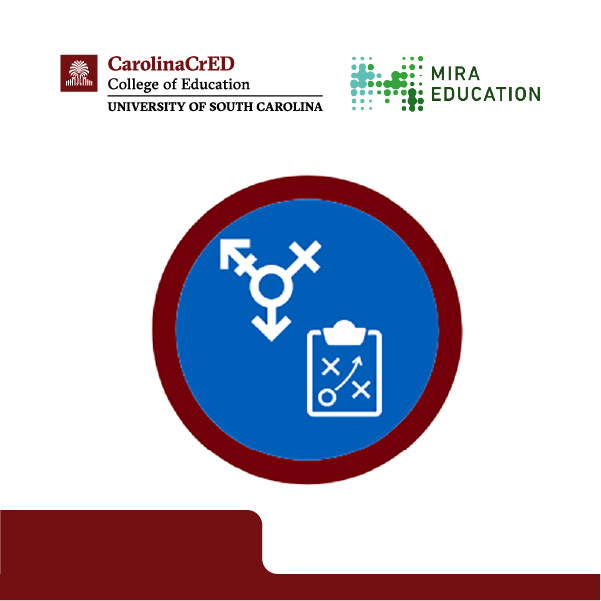
Designing: Gender Bias Plan
The educator designs a plan that addresses how gender bias can be eliminated in their localized environment of control (i.e. classroom, school, district, community, etc.).
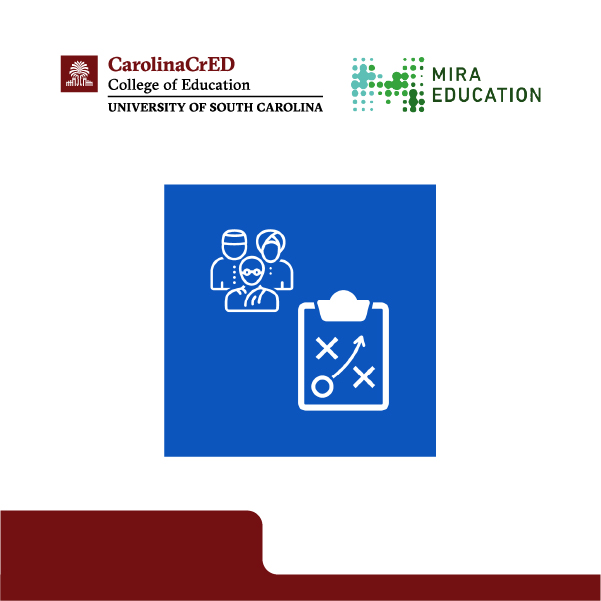
Designing: Cultural Bias Plan
The educator designs a plan that addresses how cultural bias can be eliminated in their localized environment of control (i.e., classroom, school, district, community, etc.).
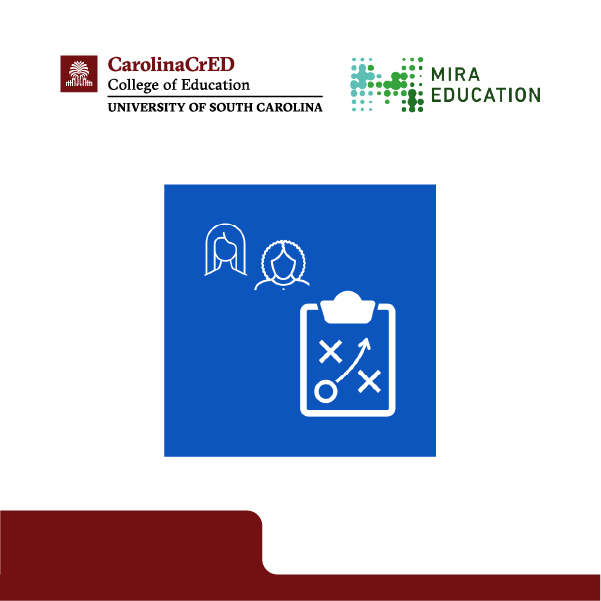
Designing: Hair Bias Plan
The educator designs a plan that addresses how hair bias can be eliminated in their localized environment of control (i.e., classroom, school, district, community, etc.).
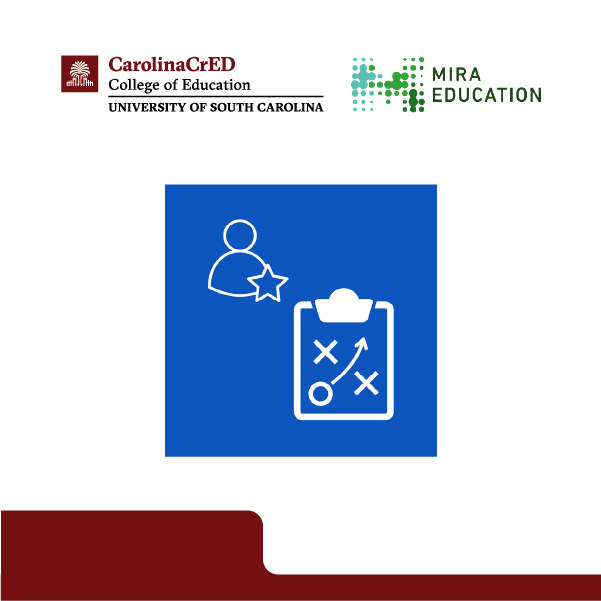
Designing: Ingroup Bias Plan
The educator designs a plan that addresses how ingroup bias can be eliminated in their localized environment of control (i.e., classroom, school, district, community, etc.).
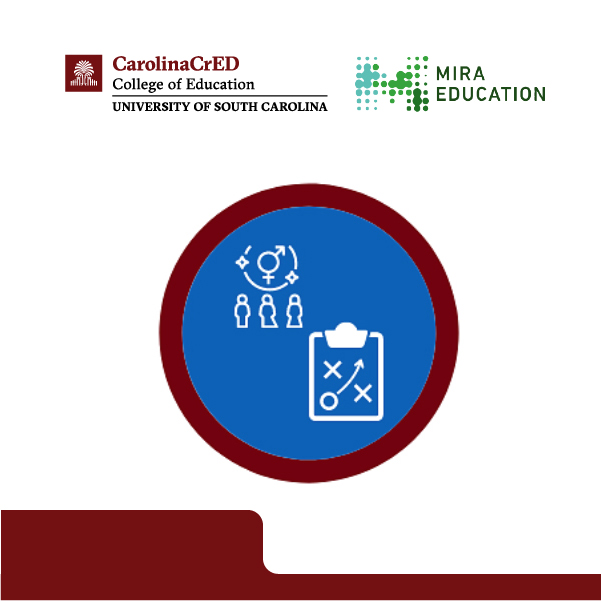
Designing an Individual Identity Plan
The pursuer will create an action plan to dismantle one of the individual injustices identified in the “demonstrate understanding” micro-credential in this stack or in personal experience.
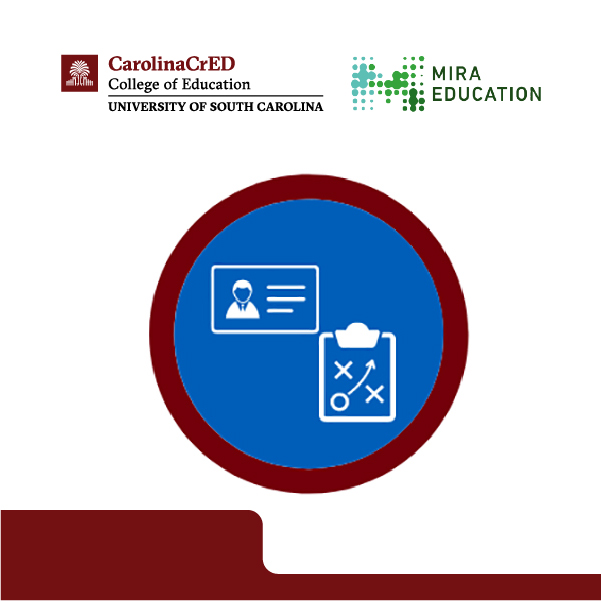
Designing: Name Bias Plan
The educator designs a plan that addresses how name bias can be eliminated in their localized environment of control (i.e. classroom, school, district, community, etc.).

Implementing: Cultural Bias Plan
The individual implements a plan that addresses how cultural bias can be eliminated in their localized environment of control (i.e., classroom, school, district, community, etc.).
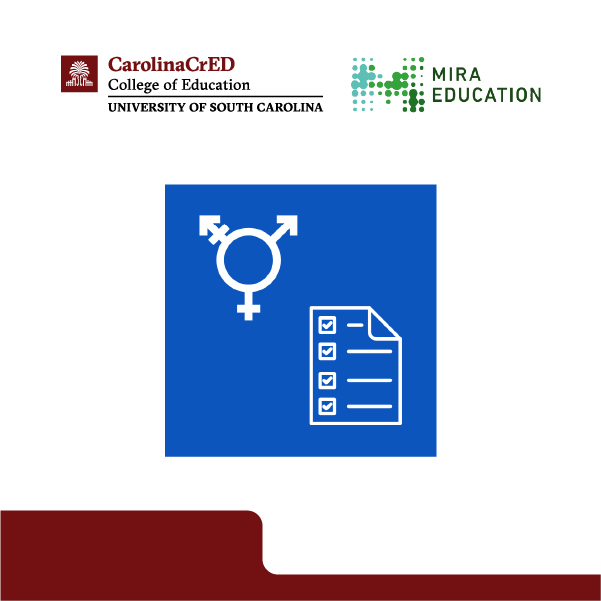
Implementing: Gender Bias Plan
The individual implements a plan that addresses how gender bias can be eliminated in their localized environment of control (i.e., classroom, school, district, community, etc.).

Implementing: Hair Bias Plan
The individual implements a plan that addresses how hair bias can be eliminated in their localized environment of control (i.e., classroom, school, district, community, etc.).
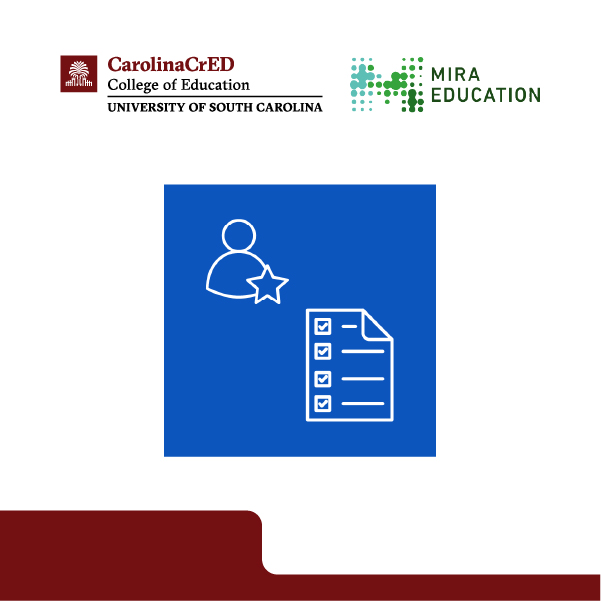
Implementing: Ingroup Bias Plan
The individual implements a plan that addresses how ingroup bias can be eliminated in their localized environment of control (i.e., classroom, school, district, community, etc.).

Implementing: Name Bias Plan
The individual implements a plan that addresses how name bias can be eliminated in their localized environment of control (i.e., classroom, school, district, community, etc.).

Implementing: Affinity Bias Plan
Educators implement a plan that addresses how affinity bias can be eliminated in their localized environment of control (i.e., classroom, school, district, community, etc.).
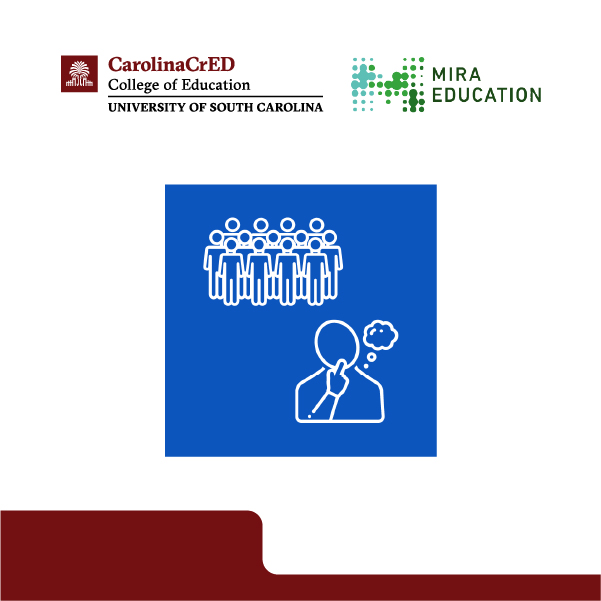
Reflecting: Affinity Bias Plan
The educator reflects on a plan that was implemented to address the elimination of affinity bias in their localized environment of control (i.e., classroom, school, district, community, etc.).

Reflecting: Culture Bias Plan
The individual reflects on a plan that was implemented to address the elimination of culture bias in their localized environment of control (i.e., classroom, school, district, community, etc.).
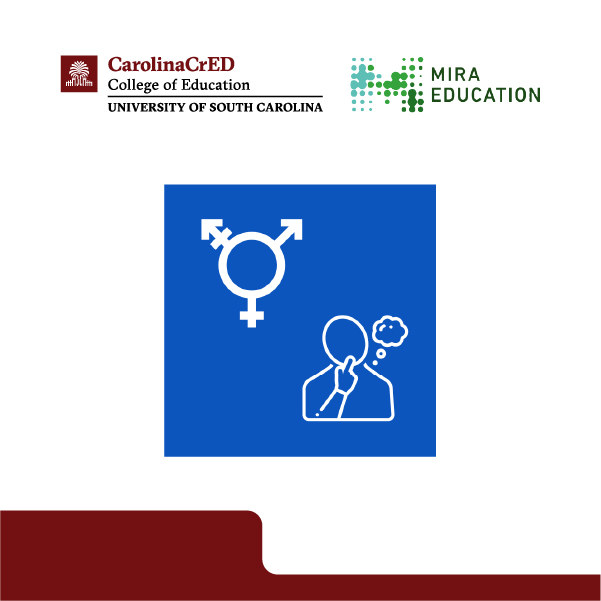
Reflecting: Gender Bias Plan
The educator reflects on a plan that was implemented to address the elimination of gender bias in their localized environment of control (i.e., classroom, school, district, community, etc.).
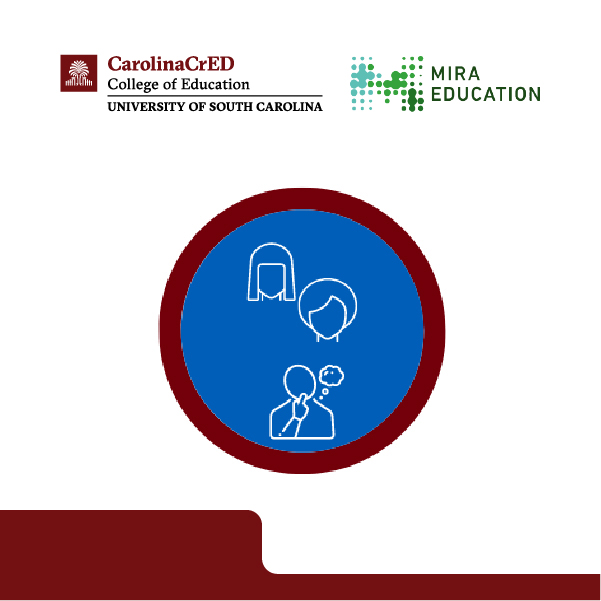
Reflecting: Hair Bias Plan
The individual reflects on a plan that was implemented to address the elimination of hair bias in their localized environment of control (i.e., classroom, school, district, community, etc.).

Reflecting: Ingroup Bias Plan
The individual reflects on a plan that was implemented to address the elimination of ingroup bias in their localized environment of control (i.e., classroom, school, district, community, etc.).
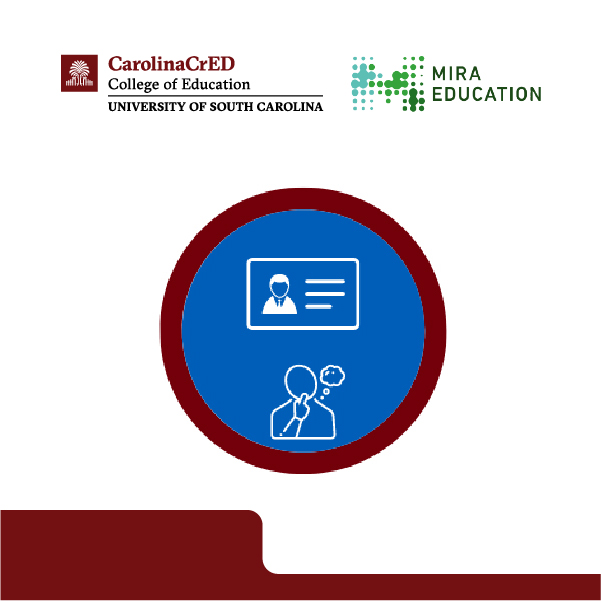
Reflecting: Name Bias Plan
The individual reflects on a plan that was implemented to address the elimination of name bias in their localized environment of control (i.e., classroom, school, district, community, etc.).
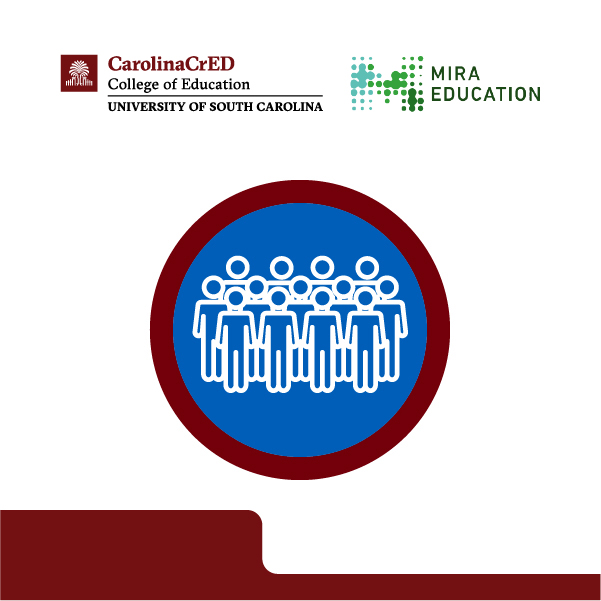
Understanding Affinity Bias
The educator will demonstrate their understanding of affinity bias and how it applies in their localized environment of control (learning environment such as classroom, school, district, and community).

Understanding Cultural Bias
The educator will demonstrate their understanding of cultural bias and how it applies in their localized environment of control (learning environment such as classroom, school, district, and community).
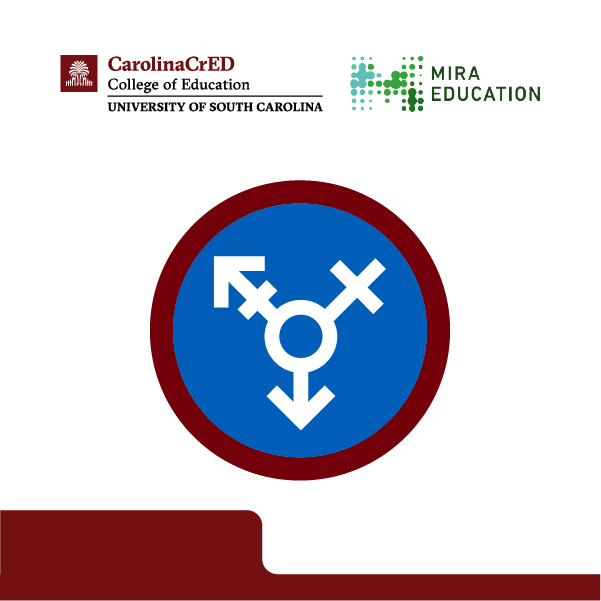
Understanding Gender Bias
The educator will demonstrate their understanding of gender bias and how it applies in their localized environment of control (learning environment such as classroom, school, district, and community).
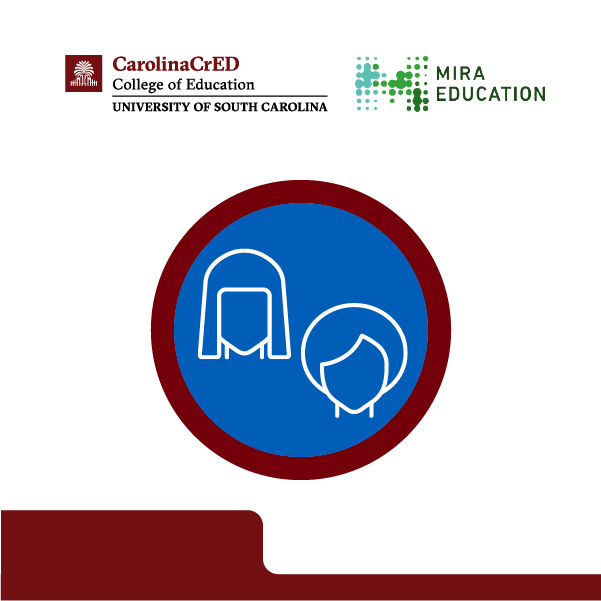
Understanding Hair Bias
The educator will demonstrate their understanding of hair bias and how it applies in their localized environment of control (learning environment such as classroom, school, district, and community).

Understanding Ingroup Bias
The educator will demonstrate their understanding of ingroup bias and how it applies in their localized environment of control (learning environment such as classroom, school, district, and community).
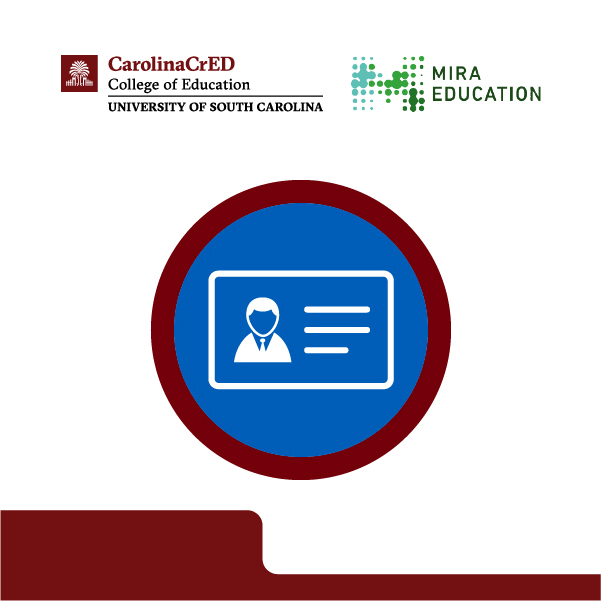
Understanding Name Bias
The educator will demonstrate their understanding of name bias and how it applies in their localized environment of control (learning environment such as classroom, school, district, and community).

Assessing Diversity Within Students
The educator assesses the various forms of diversity that exist in students.